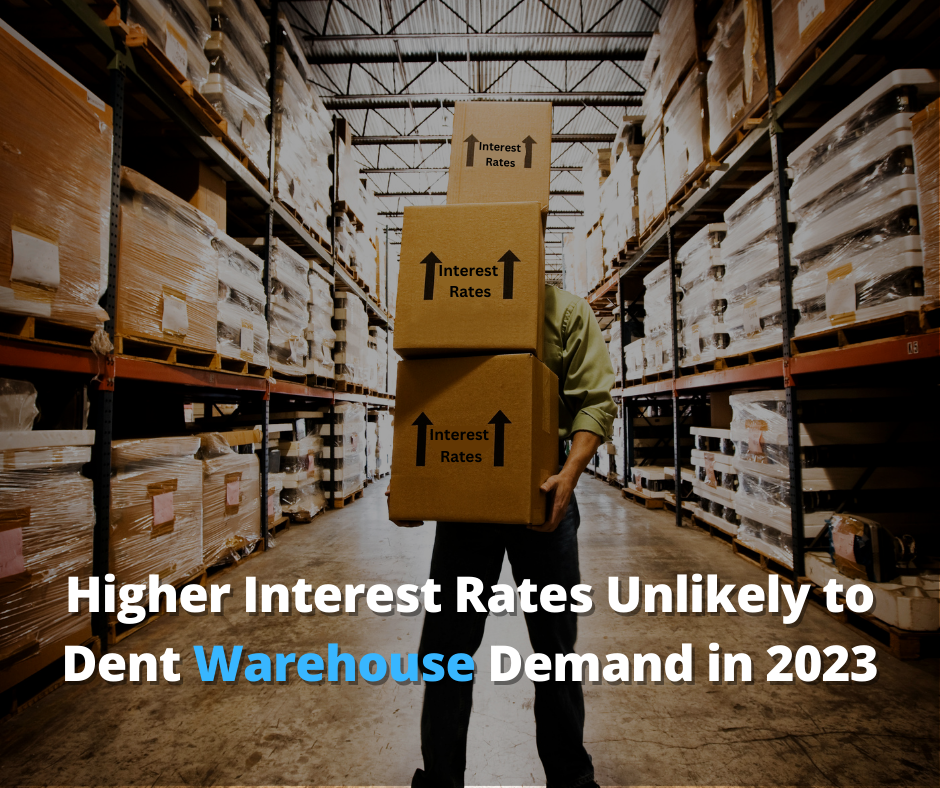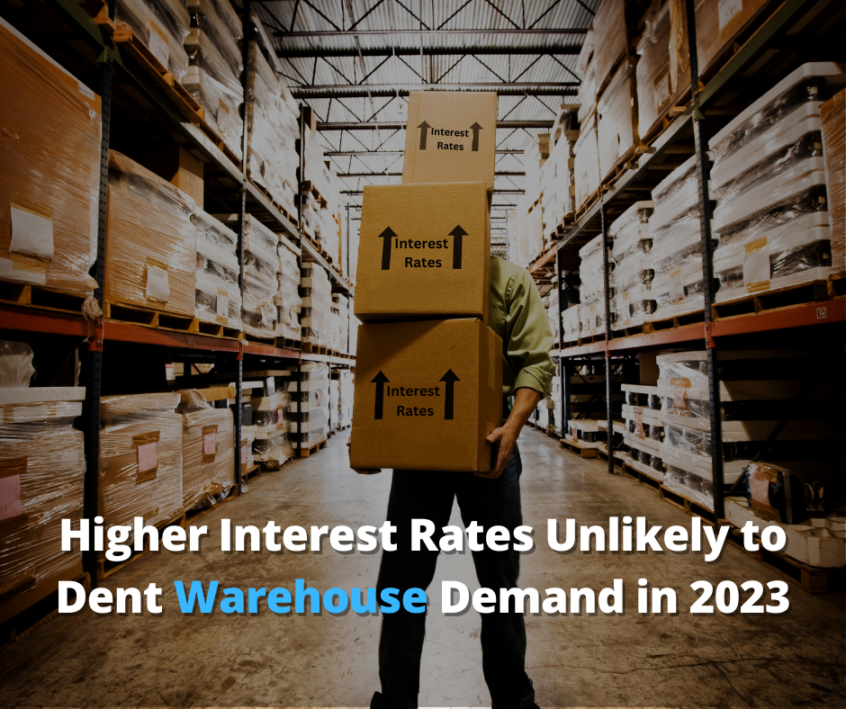
Despite the best efforts of the Federal Reserve to calm the economy using an aggressive policy, many do not expect significant changes in the leasing activity that remains robust. The vacancy rates remain low. Meanwhile, storage rates are soaring and expected to remain high during 2023. Because the interest rates in 2022 were volatile, the institutional investment community was reluctant to commit. Some saw this as a form of investment paralysis. Potential deals were being reconsidered, and some experts wrote of investors going “pencils down” as a sign of their growing skittishness.
Meanwhile, developers are expecting warehousing activity to grow in Texas and Mexico. As more companies are seeking near-shore sourcing. These are key components of the market health and were, therefore, closely watched, if only for what they portended for 2023. We are now in a new year, and investors are looking to the market for opportunities while trying to miss the pitfalls.
Real estate responding to volatility in interest rates
One of those keenly watching the trends is CBRE Group Inc. (NYSE: CBRE). Considered a giant in the real estate services sector, CBRE anticipates that rents will rise by about 12% to 15% in 2023. This Is a result of the strong demand that has been maintained. Indeed, the low vacancy rates across the nation have been hitting records. Moreover, leasing activity is solid. So far, 2022 has ended as the second-best year in terms of leasing. Interestingly, the previous year (2021) was the all-time best. During 2021, 1 billion square feet were leased, a stunning record.
This surge in demand was due to increasing demand. Everyone was trying to secure space for inventory and ensure that they could cope with the rising demand. James Breeze is the global head of industrial and logistics research at CBRE. He reports that more than 1 billion square feet of industrial real estate were leased between 2021 and 2022. This is mostly occupied by companies in the logistics industry. In addition, many leases are taken by companies in the manufacturing sector.
New development and capacity are being taken up quickly
Slowing volumes and increased capital costs are taking a toll on warehouse development this year. Quite simply, there is a limited product to occupy because rents are strong and there are hardly any vacancies. This is a market that favors the lessor over the lessee. Southern California and New Jersey are two real estate markets doing very well. For example, rents in those two locations have risen by about 40% compared to the previous year. These robust statistics by CBRE data would not be sustainable if the demand were not high and if there were many vacancies. In other words, this is a period of plenty for those that own properties that are available for leasing.
Speculative investments and construction come into play
Some projects will already have acquired funding. That means that they will ultimately deliver spec (speculative) buildings. These buildings are commissioned and delivered before getting commitments from tenants. Typically, they are backed by strong demand for rental space and low vacancies. Jack Rosenberg is the national director of logistics and transportation at Colliers. This industrial advisory group is projecting a strong market despite the volatility in interest rates or monetary policy by the federal reserve.
According to Rosenberg, the link between interests and rentals is not as strong as once believed. For example, interest rates do not significantly affect the speed of occupier activity. Rather, the key influencer is the GDP growth rate because it directly impacts demand for commercial space. Besides, e-Commerce rebounded strongly towards the end of 2022. Experts anticipate it to hold strong in 2023 as well. The only impact of the interest rates might be in slowing demand. Nevertheless, there are some alternative analyses of these trends.
Wrapping up
Overall, the warehouse market in commercial rentals remains robust within the USA. The monetary policy has not created the kind of havoc originally expected. Rents are high, vacancy rates are low, and the market seems healthy. In places like Chicago, supply is also growing. If this holds up, the warehousing industry seems to have a good 2023 in the works.



